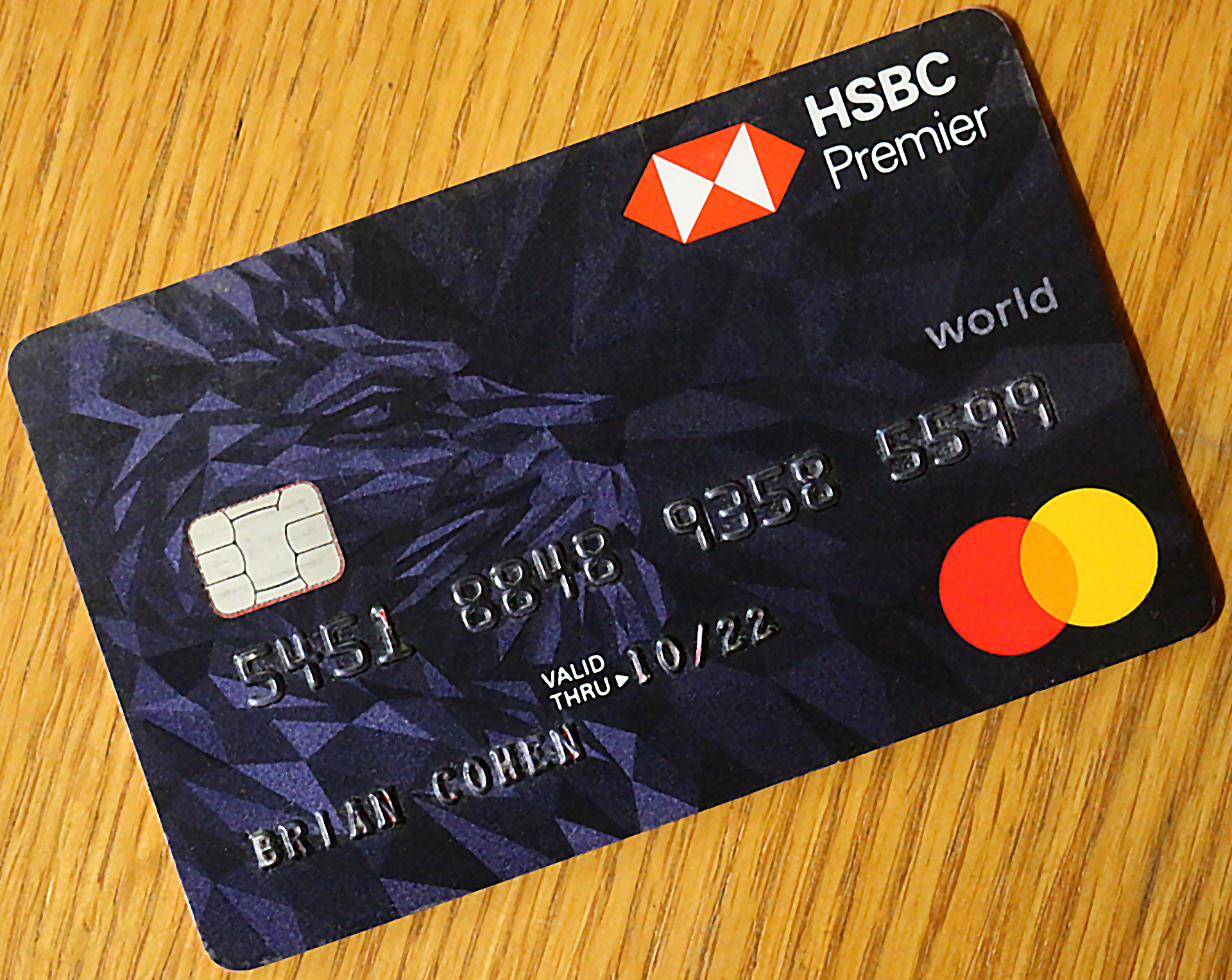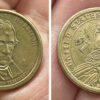Note: This article was originally published on Sunday, May 22, 2016 at 10:48 in the evening and has been updated.
Travelers seem to be slammed with a plethora of unfair fees — such as mandatory resort fees and fuel surcharges — but another scourge known as dynamic currency conversion has been spreading like a cancer that has metastasized through the traveling world over the years.
What is Dynamic Currency Conversion — and Why You Should Avoid It When Possible

Because travelers deal with different currencies when visiting other countries, some operators of automated teller machines of banks and merchants offer you the opportunity to pay for a product or service in the currency of your home country with the illusion that it is being done for your convenience — but usually at a significantly increased cost which translates into pure profit for the seller. You may actually see on a credit card receipt prior to paying for a product or service a choice of which currency you would like to use to pay. This is known as dynamic currency conversion.
There was only one time I actually paid for dynamic currency conversion when the practice was in its infancy several years ago. I was at a shop where I was searching for a small gift. The salesperson offered to wrap the gift for me free of charge — and because I was using a credit card, I was asked if I preferred to pay in the currency of the country in which I was in at that time; or would I rather pay in the currency of the country in which I am a citizen. As an American citizen, I chose to pay with United States dollars — primarily because the credit card with which I was paying at the time charged a foreign transaction fee of three percent on any purchase using a currency different than the United States dollar.
I would up overpaying for the item anyway by a dollar and some change — but the premium was approximately eight percent of the purchase price of the item. That eight percent premium is little more than pure profit for the merchant — and I would not be surprised if part of it went to the salesperson as a commission for selling the “convenience” to me.
After that experience, I have never paid for dynamic currency conversion ever again — meaning that the reason why you should avoid it whenever possible is that you will virtually never benefit from it due to the usurious rates at which you are paying for the “convenience” of the “service.”
Why Would Someone Want Dynamic Currency Conversion?

Dealing with currency which is different from that of your native country introduces several factors which could cause someone who would rather not deal with figuring out the numbers and simply pay for the product or service in the currency of which he or she is familiar.
The exchange rate is one factor. Sure, figuring out that one of one currency is equal to ten of another currency is rather easy — but there are different rates to purchasing and selling currency; and the conversion rate is rarely as easy as a round number such as ten percent. Let us say that you purchased too much currency. If you sold it back to the same place from where you purchased it, you will lose some money because the buy and sell rates are different; and that difference always benefits the currency exchange company.
If that was not bad enough, some currency exchange places charge what initially appears to be an excellent exchange rate — only to find out that a percentage of the transaction is charged in addition to the exchange rate for commission. Which is better — a high currency exchange rate with no commission charged; or a low currency exchange rate with an addition charge for a commission?
Unfortunately, there is no easy answer to that question. You would have to shop around to get the best deal — perhaps dealing with someone who does not speak your language in order to get that information — which could cause some travelers to be uncomfortable.
As mentioned earlier in this article, foreign transaction fees can be charged on your transaction by the company which issued your credit card — typically at three percent interest in addition to the cost of the transaction itself. Paying for something in your native currency can help you avoid the foreign transaction fee; but you will almost always wind up paying more anyway — even with that savings…
…and why would someone use a credit card which charges foreign transaction fees? Without taking into account other benefits which may be offered by the credit card, a credit card with no annual fee will more often than not charge a foreign transaction fee. The consumer has to decide which costs less overall: the annual fee of a credit card which has no foreign transaction fee; or a credit card with no annual fee which does charge a foreign transaction fee for every product or service purchased in a different currency.
There are exceptions to the rule, of course: there are credit cards with no annual fee that do not charge a foreign transaction fee; and there are credit cards which charge an annual fee that also charge a foreign transaction fee. However, you have to take all of the advantages and disadvantages offered by each credit card to arrive at an informed and educated decision as to whether or not you would ultimately benefit from it.
To avoid all of that figuring to get the best deal, some people actually believe that simply accepting dynamic currency conversion is the best choice overall. Financially, it virtually never is the best choice — but of course, that depends on how much someone will actually pay for that nominal “convenience.”
How to Avoid Dynamic Currency Conversion

You have a right to choose what exchange rate and fees you are willing to pay and not have the merchant decide for you.
“When travelling international make sure the card you’re using does not have a foreign transaction fee”, advises William Charles of Doctor of Credit in this article. “There are multitudes of cards that no longer charge this fee, make sure you use one that doesn’t. Use this spreadsheet for a complete list of which cards offer no foreign transaction fees and chip + PIN technology.”
Here is the advice offered by William Charles:
- Neither Discover Card nor American Express use dynamic currency conversion — but Discover is rarely accepted outside of the United States anyway
- Ask to be billed for your product or service in local currency
- Check your receipts carefully to ensure no dynamic currency conversion has been charged — and if you notice that you have been charged with dynamic currency conversion, then ask for the transaction to be voided and ask to be billed in the local currency; and consider shopping elsewhere
- Do not fall for scare tactics such as “Merchant Preferred Rate” — aptly named because the merchant enjoys as close to pure profit from offering dynamic currency conversion
- Consumers must be asked if they want the charge to be processed in their primary currency — so if you are not asked this, then the merchant is breaking the rules of Visa and MasterCard; and you should dispute the charge
Final Boarding Call
Plenty of information is posted on FlyerTalk in this discussion and in this discussion, which I advise you read to learn more about this nefarious practice through the experiences of members of FlyerTalk. Among other things, it includes valuable detailed information on how to disable dynamic currency conversion in specific countries.
As with financial plays by merchants to offer and push services which are as close to pure profit as possible — such as mandatory resort fees and fuel surcharges — dynamic currency conversion is little more than a legal scam perpetrated on unsuspecting consumers.
Being educated enough to avoid paying dynamic currency conversion rates whenever possible is up to you and within your control…
All photographs ©2017, ©2019, ©2023, and ©2024 by Brian Cohen.

